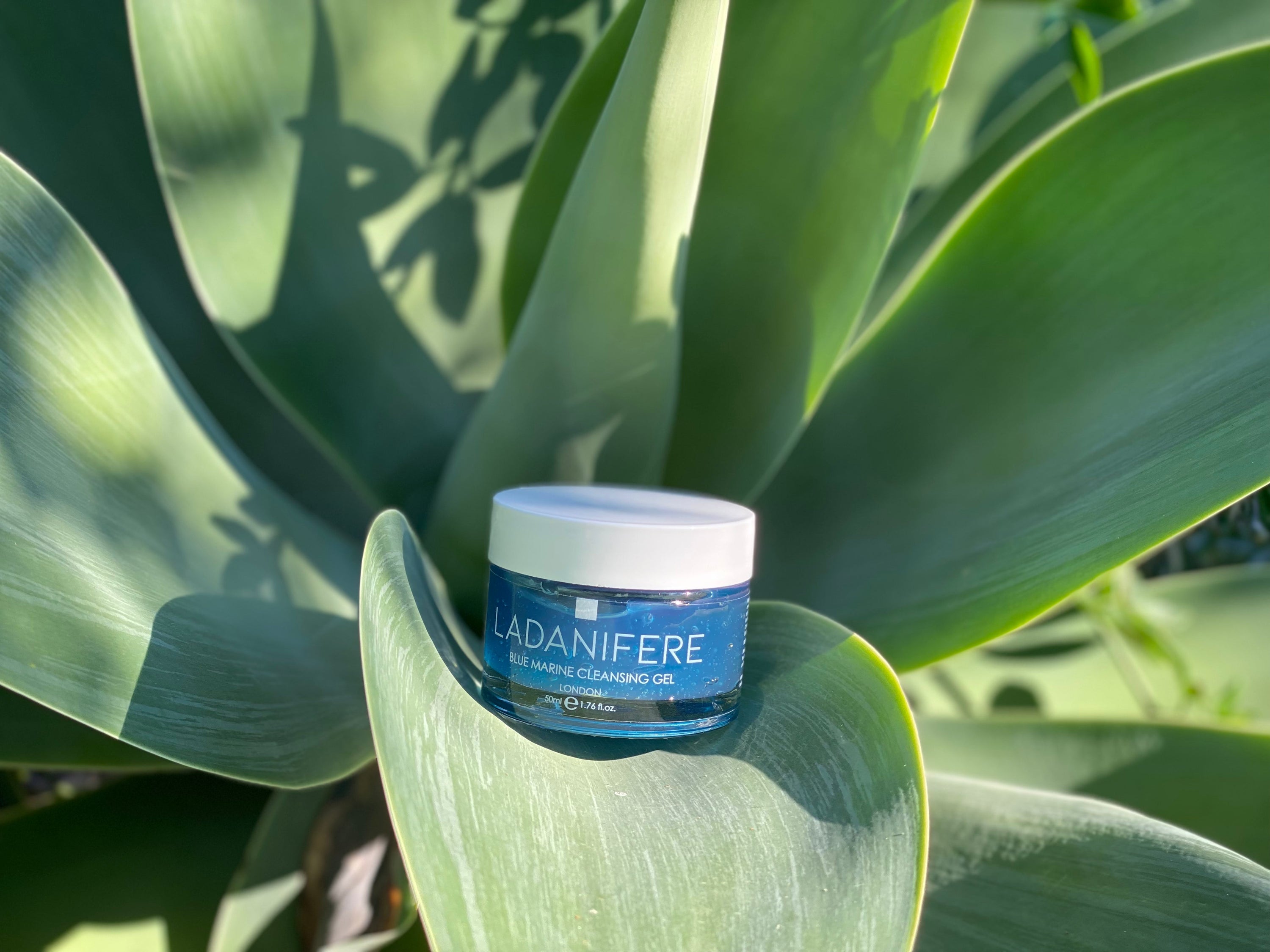Welcome to our Myth-Busting Beauty Series — where we peel back the labels and shine a light on what’s really inside your skincare.
In a world full of buzzwords and bold claims, it’s easy to be misled by terms like “natural.” We see it everywhere, splashed across packaging like a badge of honor. But when you flip the bottle and read the ingredients list, the reality often tells a very different story.
Take a closer look at some so-called “natural” products, and you might spot ingredients like PEGs (Polyethylene Glycols) and petrolatum. Scientific-sounding? Yes. But natural? Not quite.
Petrolatum and PEGs: Natural by Technicality?
Technically, petrochemicals like petrolatum do come from nature — crude oil, to be exact, which is found in the earth. But that’s the loophole. Natural origin doesn’t always mean skin-friendly.
Petrolatum is a byproduct of petroleum refining. It forms a barrier on the skin to help lock in moisture — which sounds beneficial, until you realize it can also clog pores and prevent your skin from breathing. It’s cheap to buy, and commonly found in moisturisers that market themselves as gentle and hydrating.
PEGs, meanwhile, are often used as thickeners or solvents and are made through a chemical process involving ethylene oxide, a known carcinogen. While PEGs help improve texture and consistency, they can irritate sensitive skin and increase the skin’s permeability — meaning other, potentially harmful ingredients can be absorbed more easily.
What About Butylene Glycol?
Another favourite in mainstream cosmetics, butylene glycol helps products glide smoothly and absorb better. It’s a solvent, often derived from petroleum. While considered safe in low concentrations, it’s not exactly nourishing — and it’s far from what most people imagine when they hear the word “natural.”
So… Is It Really Natural?
Do products containing petrolatum, PEGs, or butylene glycol deserve to be called natural? That depends on your definition — and unfortunately, the industry’s version is often vague.
Read the Label — Not Just the Front
There’s a lot of greenwashing in skincare. That’s why we encourage you to look beyond marketing claims and really study the ingredients list. Ask yourself:
- Do I recognise these ingredients?
- Would I feel comfortable putting petroleum-derived substances on my skin every day?
- Is this truly the clean, natural product it claims to be?
At Ladanifere, we believe in transparency and integrity. Our approach to natural skincare means using ingredients you can trust — those derived from nature, free from synthetic shortcuts and petrochemical processing.
Stay tuned for the next post in our Myth-Busting Natural Beauty Series — because knowing what’s in your skincare shouldn’t be a mystery.


